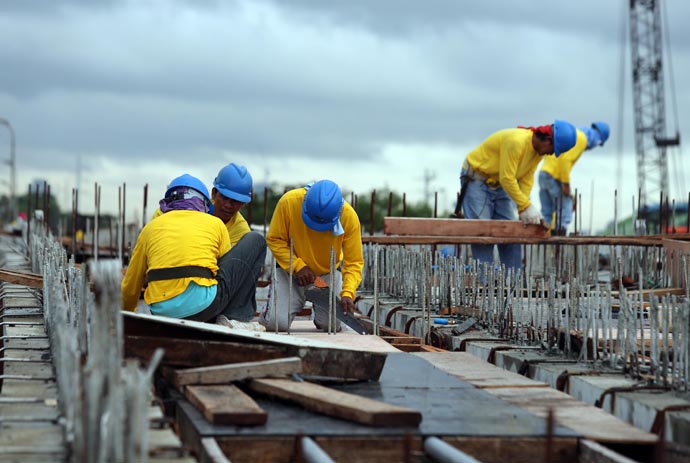
Loan proposals from various local government units (LGUs) ballooned to P92 billion in 2023 from only P36 billion in 2022, an election year, data from the Bangko Sentral ng Pilipinas (BSP) showed.
The BSP said it has received, evaluated and processed 297 domestic borrowing requests worth P92 billion from LGUs last year. This was higher compared to 182 requests in 2022 for total loans amounting to P36 billion.
It could be noted that LGUs resumed their borrowings only in 2023 following some restrictions in 2022 being an election year.
Reviewing LGU loan requests is part of BSP’s job to ensure transparency and good governance as the government’s advisor on official credit operations. It releases information such as amounts and purpose of the loans when issuing Monetary Board opinions (MBOs) on the proposed LGU domestic borrowings.
For the second semester 2023, the BSP received 159 requests for MBOs on LGUs’ proposed local loans worth P48.9 billion. This was more than what was received in the first semester last year of 138 requests for loans worth P43.1 billion.
The BSP said the requests for MBOs came from 123 municipalities with loans totalling P15.9 billion; 20 cities with P22.6 billion loans; 11 provinces with P10.3 billion; and five barangays with P109.3 million.
These requests came mostly from LGUs in Regions III (Central Luzon), IV-A (CALABARZON), V (Bicol), VI (Western Visayas), VII (Central Visayas), and XII (SOCCSKSARGEN).
Of the 159 requests, the BSP gave its opinion to 143 LGU proposed borrowings totaling P45 billion. “The said MB issuances were for 125 requests received in S2 2023 and 18 requests received in S1 2023 (and) the remaining 34 requests received in the semester under review are awaiting the submission of complete information and/or documentary requirements by the borrowing institutions,” said the BSP.
About 61.4 percent of proposed loans were intended for infrastructure projects such as the construction and improvement of farm-to-market access roads and bridges; public markets; multi-purpose buildings/business/commercial centers; health care facilities or hospitals; school buildings; solid waste management/materials recovery facilities; water system and septage treatment; and drainage and sewerage systems.
Another 19.5 percent of LGU borrowings were for the acquisition of lots and/or site development for the eventual construction of various buildings/facilities; permanent working capital for the acquisition of palay from small farmers; and acquisition and installation of various e-governance systems, among others.
The remaining 19 percent were proposed loans for the acquisition of heavy equipment and procurement of service vehicles.
Philippine laws mandate the BSP to conduct this process to monitor trends in public sector debt and to determine their impact on the monetary sector as well as on the economy’s external payments’ accounts.
The law requires government entities including LGUs to seek BSP’s MBOs on their proposed borrowings. The Monetary Board is a seven-person policy-making body chaired by the BSP governor.
As stated in Section 123 of Republic Act No. 7653 or the New Central Bank Act of 1993, as amended by RA 11211 in 2019 – the government and its political subdivisions or instrumentalities, will request the Monetary Board to “render its opinion on the monetary and external sector implications of their proposed loans prior to undertaking any credit operation.” — Lee C. Chipongian
*****
Credit belongs to: www.mb.com.ph
 Atin Ito First Filipino Community Newspaper in Ontario
Atin Ito First Filipino Community Newspaper in Ontario





